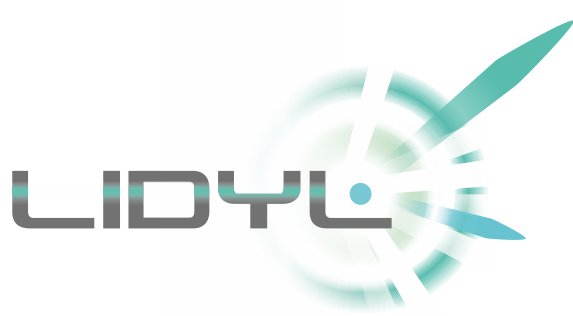•  Interaction laser-matière ›
Interaction laser-matière ›  Interaction laser-matière en champ fort
Interaction laser-matière en champ fort
• Interactions, Dynamics and Lasers Laboratory (LIDYL) - CEA-CNRS and Paris Saclay University • Laboratoire Interactions, Dynamiques et Lasers (LIDYL) - CEA-CNRS et Université Paris Saclay
• Physic at High Intensity • Physique à Haute Intensité / High intensity Physics
Interpretation/design of experiments performed in the PHI group require theoretical modeling supported by challenging 3D Particle-In-Cell (PIC) simulations of laser-plasma interactions. These 3D simulations are paramount for building analytical models of important physical processes as well as obtaining quantitative estimates of the properties of the light/particle sources produced by the novel schemes developed in our group.
Up to now, 3D simulations of plasma mirror sources could not be performed with standard PIC codes as these induce unphysical errors degrading harmonic and electron properties even at very high numerical resolution. We recently demonstrated with LBNL that mitigation of these errors requires huge resource-to-solution that has prevented for a long time accurate 3D modeling even on the largest supercomputers. This has strongly limited the design of applications based on plasma mirror sources. In this context, we recently developed (in collaboration with LBNL) the highly-accurate and massively parallel pseudo-spectral PIC code PICSAR (‘Particle-In-Cell Scalable Application Ressource’) that employs novel massively parallel pseudo-spectral Maxwell solvers to suppress unphysical errors. This code significantly reduces resource-to-solution required to achieve a given accuracy and enabled the very first 3D accurate simulations of plasma mirror sources on large supercomputers as required by our activities. These 3D simulations already enabled a fine understanding of recent 100TW PM experiments at CEA previously out of reach of standard 3D codes. PICSAR has also been highly optimized on exascale architectures that will be required for the most challenging 3D simulations to come.
The 3D simulations run in support of experiments require huge computational ressources. As PICSAR is one of the workhorses of exascale programs/design centers, we regularly obtain 100 million CPU hours a year on petascale clusters/exascale testbeds (e.g. through the INCITE call for proposals) that are key to the success of our theoretical activities.
PICSAR can be run as a standalone code, or as a library called by another PIC code. At present, It notably enhances capabilities of major PIC codes in US (Warp,WarpX) and in Europe (SMILEI). In this regard, PICSAR has been coupled (through the python layer) to the open source code Warp that can now call PICSAR routines for performing the core and most time-consuming parts of the PIC loop. This coupling significantly boosted Warp by a x8 speed-up and enabled its use on modern architectures. "

Snapshot of the electron distribution phase space taken from PICSAR simulations (position z/momentum pz) of a dense plasma irradiated by a high power laser (I>1019W.cm-2). The color scale corresponds to the initial electron position before arrival of the laser. This image is a perfect illustration of the so-called ‘stretching and folding’ mechanism responsible for the emergence of chaos in the laser-plasma interactions at these intensities. The electrons chaotic behavior eventually leads to significant absorption of laser energy in the plasma by stochastic heating.


